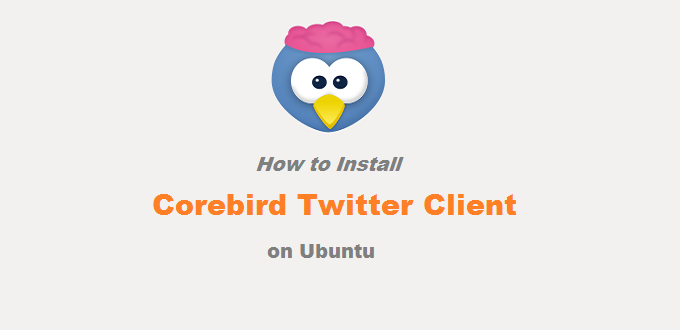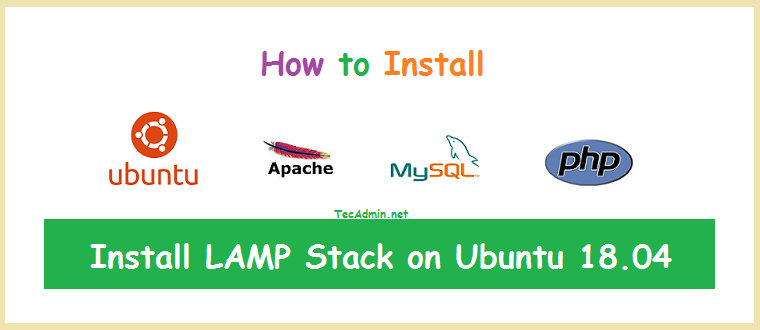SSL 2.0 and SSL 3.0 having lots of known vulnerabilities like POODLE (CVE-2014-3566), That’s why latest browsers have removed support for these vulnerable protocols. We also recommend moving your server to use TLS versions and specifically to TLS 1.2. This tutorial will help you to enable TLS 1.2 with Nginx web server. Install and Use Let’s Encrypt SSL in Nginx Enable TLS 1.2 Only in Nginx Edit your Nginx server block section for your domain in configuration file on your server and add set the ssl_protocols as followings. This enables TLSv1.2 only protocol in your Nginx server block. ssl_protocols TLSv1.2;…
Author: Rahul
Nginx is another most popular web server than Apache HTTP Server. It is used by a large number of popular websites word wide. This web server is highly useful for heavy traffic websites. This tutorial will help you to install Nginx on Debian 8 Jessie using apt-get. 1. Prerequisites To install Nginx on Debian 8, you must have root or sudo privileged user access to your system. For the remote systems can use ssh command or putty for Windows user to login. ssh root@debian9 2. Install Nginx on Debian 8 The Nginx latest packages are available under default repositories for…
Nginx is another most popular web server than Apache HTTP Server. It is used by a large number of popular websites worldwide. This web server is highly useful for heavy traffic websites. This tutorial will help you to install Nginx on Debian 9 Stretch using apt-get. 1. Prerequisites To install Nginx on Debian 9, you must have root or sudo privileged user access to your system. For the remote systems can use ssh command or putty for Windows user to login. ssh root@debian9 2. Install Nginx on Debian 9 The Nginx latest packages are available under default repositories for all…
GIMP (GNU Image Manipulation Program) is a freely distributed software for manipulating images. We can easily optimize the image, convert their type using GIMP. It provides the power and flexibility to designers to transform images into truly unique creations. GIMP is a cross platforms application and is available for Linux, Windows, MAC OS, and FreeBSD, etc. This article will help you to install the latest Gimp on Ubuntu 18.10, 18.04 LTS Linux systems. The designers searching for a free tool for image manipulation. GIMP will provide all the tools required for your image creations. You will get the features like…
Grunt (The JavaScript Task Runner) is an automation tool to perform repetitive tasks like compilation, unit testing etc. Grunt has a long list of the plugin to perform tasks provided by its community. In this tutorial, you will learn how to install Grunt & Grunt-cli on Debian 9 Stretch and Debian 9 Jessie. Prerequsites You must have root or sudo privileged user account access to your Debian system. Now login to your Debian system. For remote system can use ssh client or its alternatives for Windows. ssh root@debian Upgrade the current packages to the latest version. sudo apt update sudo…
Corebird is a simple and easy to use Twitter client for Linux operating systems. This tutorial helps you step by step install Corebird Twitter client on Ubuntu 18.04 LTS, 17.10 & 16.04 LTS. Also, how to connect your Twitter account with Corebird Linux desktop application. Suggested: Install Facebook Messenger Desktop Client on Ubuntu 1. Install Corebird on Ubuntu The Corebird Debian packages are available under default apt repository for all Ubuntu systems. You can just run the below commands to install Corebird on Ubuntu system. sudo apt update sudo apt install corebird 2. Connect Corebired with Twitter Account Launch the…
Facebook is one of the leading social media networks. It is freely available for everyone around the world. Anyone can simply create an account using their email address and mobile number. After creating the account, you can access all of its features. Facebook is available as a web application as well as provides mobile applications like Android and iOS. You can easily find the mobile applications from the respective play store. But none of the official applications are available for Desktop systems like Ubuntu. Even you can access it in the web browser, but sometimes we need a desktop application…
The LAMP Stack (Linux, Apache, MySQL, and PHP) is the most popular web hosting environment for the PHP based application. Here Linux is an operating system, Apache is the popular web server developed by Apache Foundation, MySQL is relational database management system used for storing data and PHP is the widely used programming language. This article explain you to how to install Linux, Apache, MySQL and PHP (LAMP Stack) on Ubuntu 18.04 (Bionic Beaver) Linux Systems. Let’s begin: Prerequisites You must have root or sudo privileged user access to your Ubuntu 18.04 system. Login to your Ubuntu system using GUI…
This tutorial uses PHP strtotime() and date() functions to convert date time format. For example you have stored a date YYYY-MM-DD format in a variable and need to change this to MM-DD-YYYY format. We can achive this by converting date first to seconds using strtotime() function. After that reconstruct date to any format using date() function. Below is few examples of conversion: 1. Change YYYY-MM-DD => MM-DD-YYYY Here we have date yyyy-mm-dd (“2019-01-15”) format and converting it to mm-dd-yyyy (“01-15-2019”) format.
1 2 3 4 | $origDate = "2019-01-15"; $newDate = date("m-d-Y", strtotime($origDate)); echo $newDate; |
Output: 01-15-2019 2. Change YYYY-MM-DD => DD-MM-YYYY Here we have date yyyy-mm-dd (“2019-01-15”) format and converting it to…
Ubuntu, one of the most popular Linux distributions, is known for its ease of use and stability. It is based on Debian, another highly respected Linux distribution. While Ubuntu has its own set of software repositories, sometimes users may find the need to add Debian repositories to access software that is not available in the Ubuntu repositories. This guide will walk you through the process of adding Debian repositories to your Ubuntu system, including the precautions you need to take to avoid potential system stability issues. Why Add Debian Repositories? Adding Debian repositories to an Ubuntu system can provide access…



